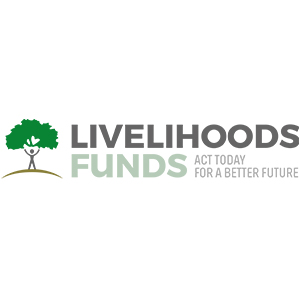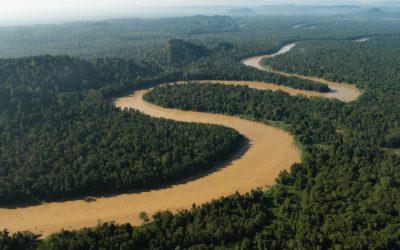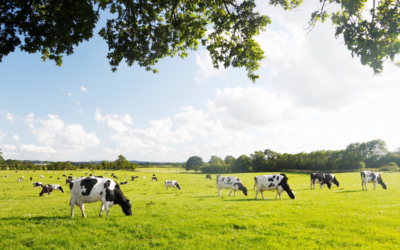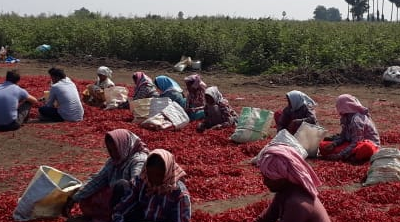

Livelihoods-Mangrove restoration project in Indonesia: revitalizing coastal villages with fishery, new businesses & improved livelihoods
Project characteristics
Location: The project is located in Aceh & North Sumatra provinces in Indonesia
Commodities: Mangrove species (Rhizophora Apiculata, Rhizophora Stylosa, Rhizophora Mukronata, Avicenia Alba, Avicenia Marina) & silvo-fishery approach.
Scale: A total of 10,336 hectares of mangroves will be restored.
Start & end date: A first phase of the project was launched in 2011 with the plantation of 5,000 hectares. The 18 million trees planted are sequestering more than 2 million tons of carbon of 20 years. In 2019, a second phase of the project was launched with an additional plantation of 5,000 hectares.
Project phase: At scale: accelerating coastal mangrove restoration on more than 10,000 hectares in Sumatra island.
Farming Model: Smallholder farmers, coastal communities, fish farmers, traditional batik (by-product from mangroves).
Type of ecosystem: Marine ecosystem – mangroves and fish-ponds
Partners: Yagasu (NGO) based in Medan, Sumatra island, Indonesia
Project details
Description: Launched in 2011, the project has restored mangrove forests, and as a result, increases the safety of the local population. Coastal mangroves significantly protect embankments & coastal communities from future tsunamis akin to the tsunami that hit the region in 2004: they act as bio-shields. Mangrove forests also contribute to restore vital agricultural land. The intensive shrimp farms that replaced the mangrove forests resulted in a massive influx of saline water that is preventing the growth of crops today. Additionally, this project generates new sources of economic income. Local villagers are able to increase their revenues by selling the by-products of the mangroves such as fish, mollusks, batik dye and honey.
- Support livelihood of local communities
- Mitigate climate change
- Restore biodiversity through habitat restoration & increased connectivity
- Avoid further ecosystem conversion
Restoration actions: The Livelihoods project demonstrates how restoring degraded wetlands can go hand-in-hand with fighting poverty and improving family income. By restoring the mangrove plantations, Yagasu has recreated a barrier for coastal protection and revived a bio-diverse habitat. It has also enabled the communities to revive their abandoned fish ponds, an approach that has improved food security.
The “silvofishery” approach combines mangrove planting with diversified aquaculture. This means that mangroves are planted around and in the fishponds, providing a natural fertile habitat that attracts various species of fish, shrimp and crabs. This species diversification leads to a more varied income for fishermen and more plentiful bounty. One of the highest income-generating activities in the community today is the sale of soft-shell crabs that are cultivated in these ponds, and then shipped for export. In addition to silvofishery, the mangroves also produce other valuable by-products that can be sold on the market. Yagasu teaches the communities how to care for the newly-planted mangrove trees, but also how to valorize every component of the tree- from root to trunk to leaf- and to produce goods as varied as jams, cookies and even natural dyes.
Other actions
Interested to learn more about OP2B?
If you are a business that shares the coalition members’ commitment to
For more information on how to join the One Planet Business for Biodiversity coalition, please contact us.




